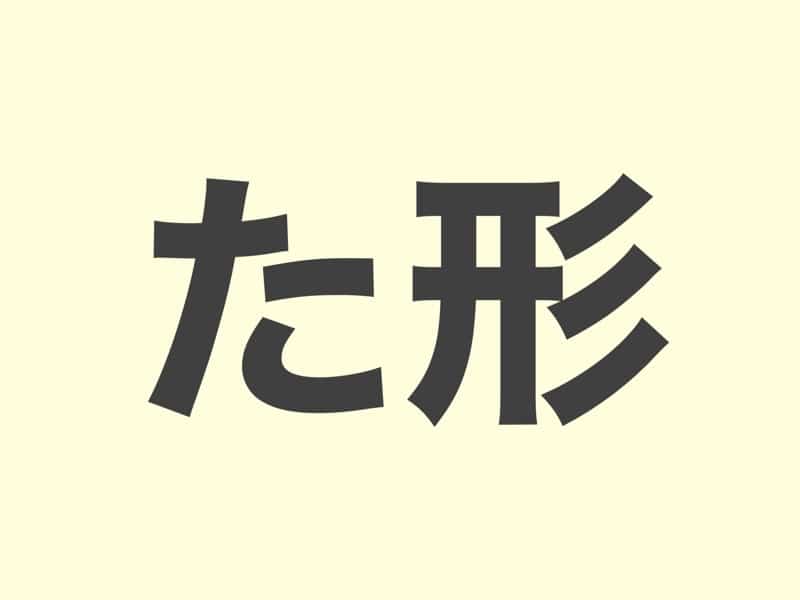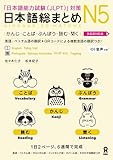When learning Japanese, one of the essential verb forms you’ll encounter is the ta-form (た形). In this guide, we’ll break down how to conjugate verbs into the ta-form across the three main verb groups. Let’s dive into the world of ta-forms and discover how they enhance your understanding of the Japanese language!
JLPT Textbook Recommendations
Group 1 (U-Verbs)
Rule: Group 1 verbs, also known as u-verbs, require specific rules for conjugating into the ta-form. Here’s a breakdown of how the verb endings change based on the last syllable of the stem:
Verbs ending in “i” sounds (き・ぎ)
- “き” becomes “いた” (ita)
Example: はたらきます (hatarakimasu) → はたらいた (hataraita) - “ぎ” becomes “いだ” (ida)
Example: およぎます (oyogimasu) → およいだ (oyoida)
Verbs ending in “i,” “chi,” and “ri” sounds (い・ち・り)
- “い,” “ち,” and “り” become “った” (tta)
Example:
かいます (kaimasu) → かった (katta)
まちます (machimasu) → まった (matta)
とります (torimasu) → とった (totta)
Special Case: 行きます (ikimasu)
- “いきます” becomes “いった” (itta)
Verbs ending in “shi” sound (し)
- “し” becomes “した” (shita)
Example: はなします (hanashimasu) → はなした (hanashita)
Verbs ending in “bi” and “mi” sounds (び・み)
- “び” and “み” become “んだ” (nda)
Example:
あそびます (asobimasu) → あそんだ (asonda)
のみます (nomimasu) → のんだ (nonda)
Group 2 (Ru-Verbs)
Rule: Simply remove ます (masu) and add た (ta).
| Verb(masu form) | Ta form |
| たべます (tabemasu) | たべた (tabeta) |
| ねます (nemasu) | ねた (neta) |
Group 3 (Irregular Verbs)
Rule: These verbs are irregular and must be memorized.
| Verb(masu form) | Ta form |
| します (shimasu) | した (shita) |
| きます (kimasu) | きた (kita) |




コメント